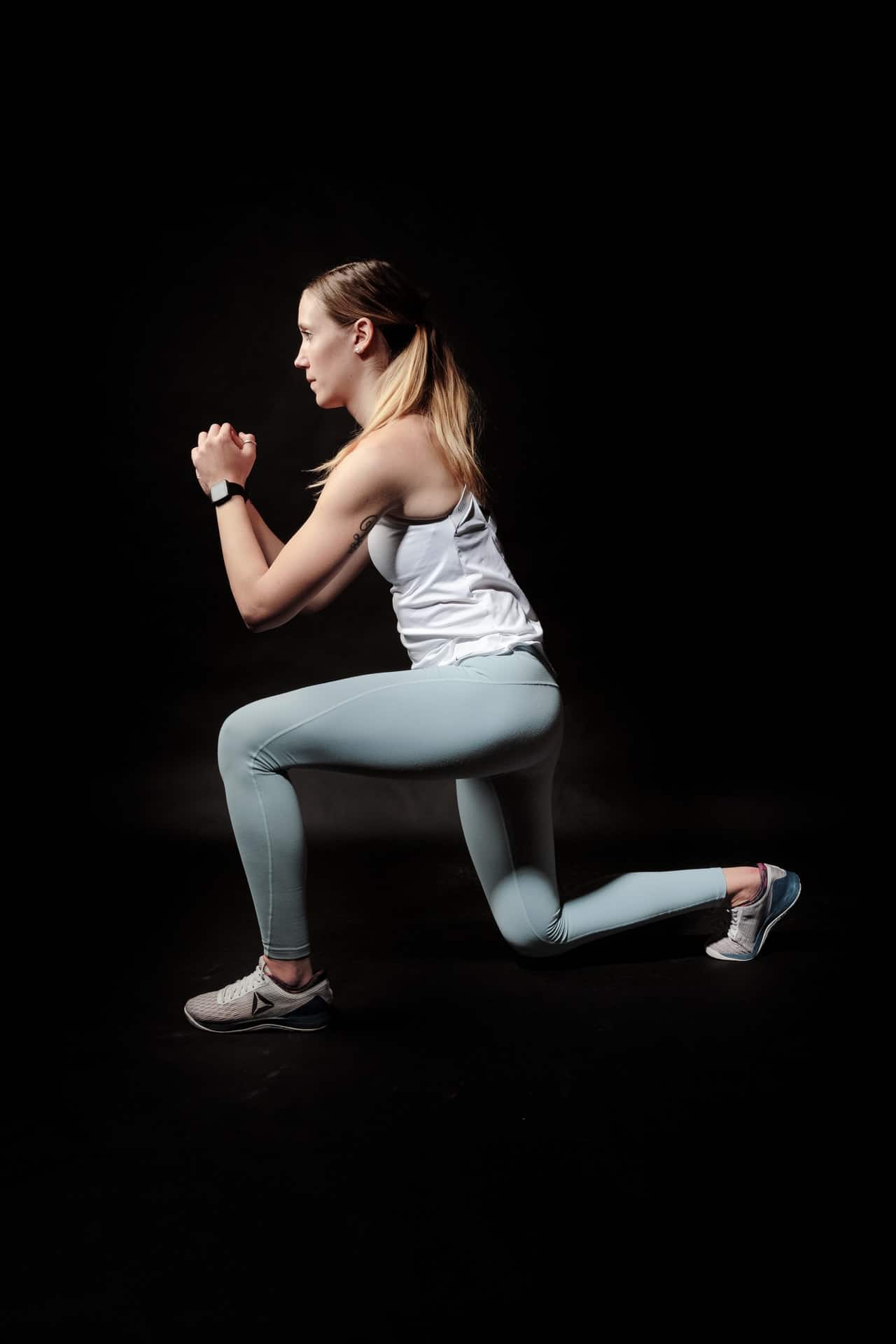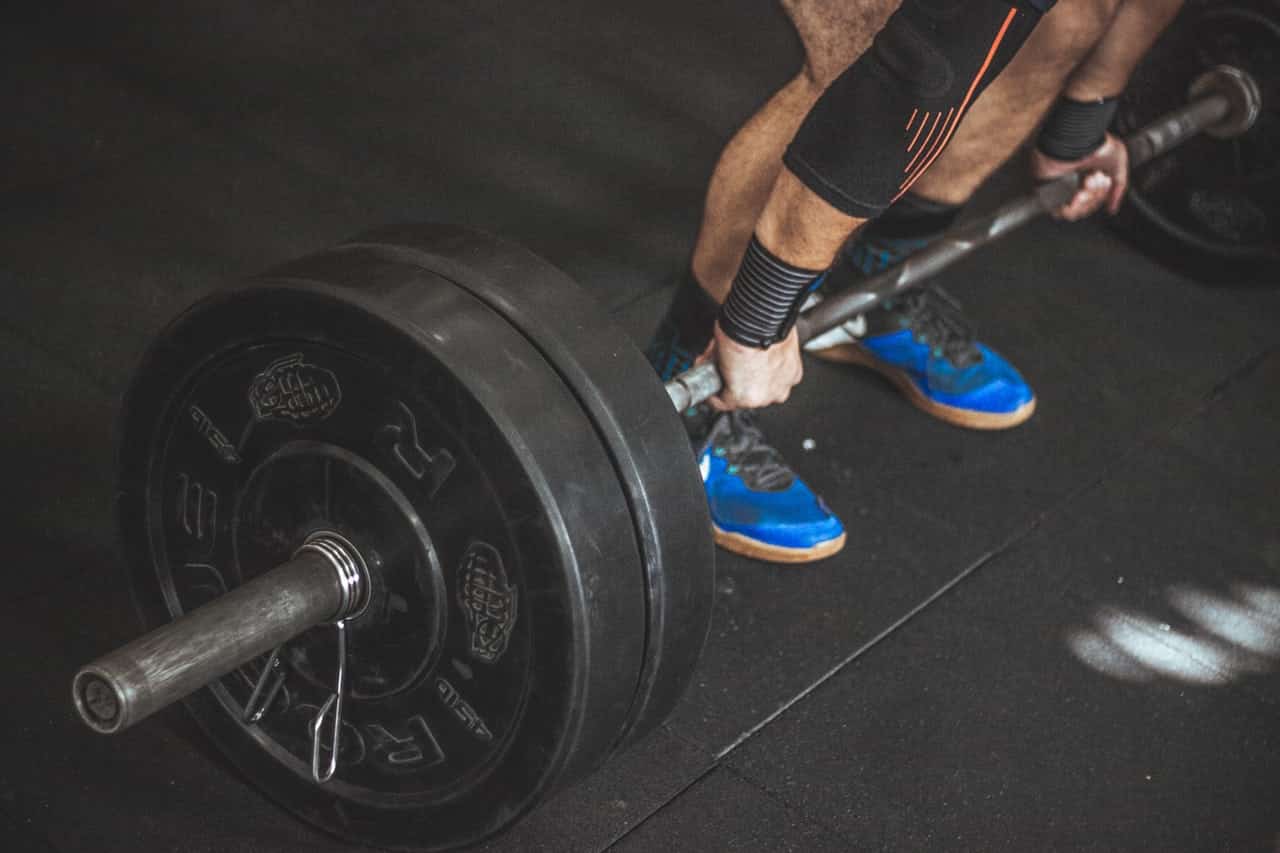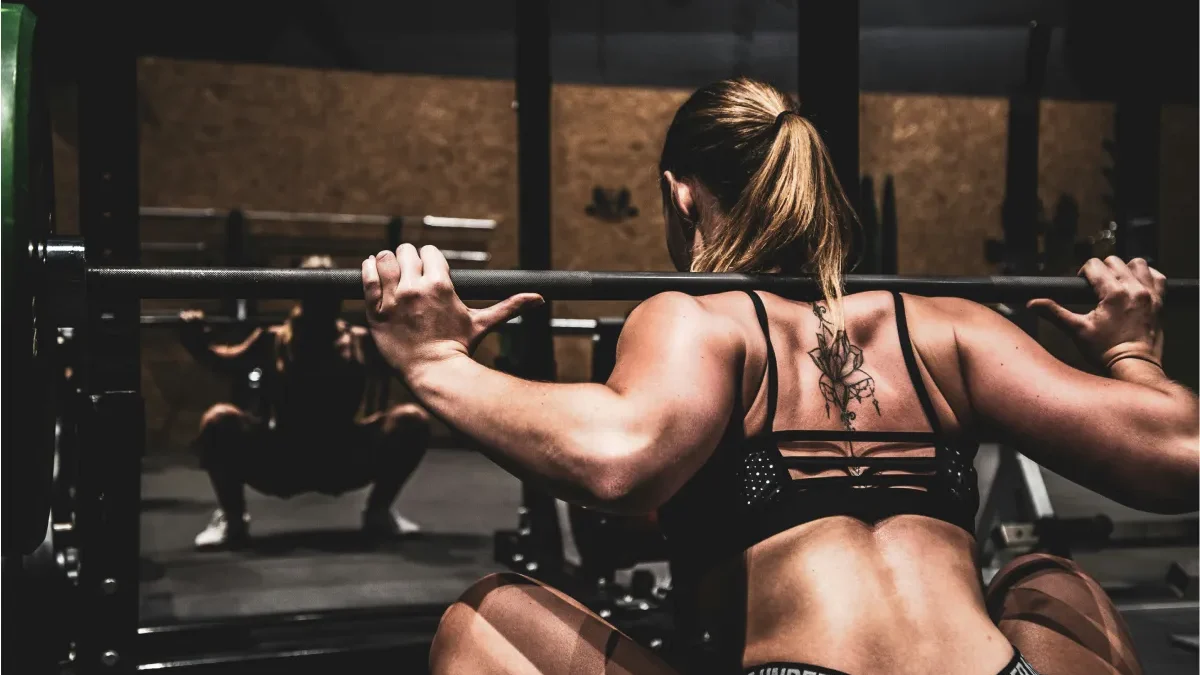No matter what your motivation is for brushing up on weight-room and strength-training basics, this is a great decision. Whatever your experience is or how strong you might be, no workout regimen should be lacking in certain time-honored foundational exercises that function to optimize your body’s movement.
The best strength training exercises work your more overlooked muscles. Also, these exercises force your body to work in cooperation. This means that you’ll become stronger in a way that’s helpful to your daily life and your fitness levels will increase too.
Strength training ultimately comes down to two aspects:
· Movement of any weight versus the resistance (which includes your body weight). In other words, strength training involves doing ANY exercise, which pushes your muscles beyond their comfort zone and forces them to rebuild stronger to prepare for the next challenge.
· Progressive overload entails doing a bit more than last time. In other words, lifting heavier weights or doing one more rep. You need to apply the principle of progression consistently as your muscles will need to adapt as well as rebuild themselves stronger constantly.
Table of Contents
Strength training hacks from the pros
Personal trainers are FULL of tips about strength training. Here are five of them.
1. As we said in the previous paragraph, the most vital aspect of strength training is the intensity of load. This means that the goal is to move the maximum amount of weight that you can safely.
2. Aim to take rest intervals that are between three and five minutes long. This period of rest will allow for satisfactory recovery of the phosphagen system (which is the main energy pathway utilized in strength training) without doing the workouts unbearably long.
3. During each of the strength phases, you should be resisting the urge to add too much diversity. Only do a few lifts in each strength phase. Save the variety for assistance movements or subsequent training phases.
4. For your primary movement(s), think about adding more sets with fewer reps.
5. Strength and resistance training can be very taxing on the central nervous system (CNS). This means that it can take up to five times longer to recover. This is as opposed to the skeletal-muscular system. Allow for proper rest and recovery between sessions.
Strength training exercises recommended by personal trainers
We asked around to find out what strength training exercises personal trainers recommend that their clients do. Here are some of the best.
Squat

The squat makes use of all the major muscles in the following areas of the body:
- Lower leg,
- Thighs, and
- Hips.
When performed correctly, the squat uses several muscles in the upper body to assist with protecting the spine when a load is rested on the upper back or shoulders. Because this exercise uses lots of muscle, it is great as a calorie burner to help weight loss and toning.
Lunges

Utilizing the same muscles as the squat does, the lunge imitates a primary movement pattern. This movement can be seen whenever you:
- Walk up and downstairs,
- Up and down hills,
- walk.
There is a version of the lunge which is suitable for most clients. For example, there is one with limited depth supported lunges for beginners as well as full-depth lunges loaded with dumbbells or barbells for more clients who are more advanced. Lunges can be utilized to help with burning calories as well as firming or toning muscles. Lunges are also a great exercise to build strength as well as size in the lower body.
Deadlifts

The deadlift combines two primary movement patterns:
- The squat, and
- The pull.
This is because weight is pulled into the body and lowered at the same time.
When properly loaded, the deadlift makes use of more muscles as opposed to any other resistance exercise. As such, it is a great movement for burning calories, firming, toning and developing muscles, building strength and size as well as losing weight.
The deadlift is more complex as opposed to the squat. Given this, it may make it not suitable for beginners. However, nevertheless, the deadlift can be modified to suit different clients.
Don’t be scared of doing anything incorrectly. There are always personal trainers and fitness consultants on the gym floor who are more than happy to help you and put you on the right path.
Helpful Resources:
1. Top 10 commandments of the long distance runner
2. Pilates exercises to do at home
3. Best Chest Exercises For Building Muscles

